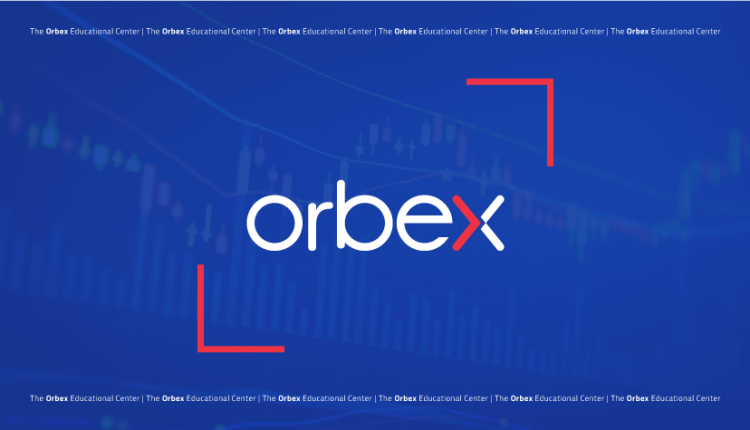How to Trade a Credit Crunch

As we mentioned in our last article, we are in the midst of a credit crunch.
Central banks are engaged in unprecedented actions in an effort to stave off a financial crisis which could lead the world into a recession.
We already talked about how to trade in a recession, but what about just ahead of the recession?
After all, we don’t know if the current situation will evolve into a major recession, or there will be a quick contraction and a relatively fast rebound.
Extrapolating from Chinese data, some have argued that from the peak of cases (that is, when the spread of the coronavirus gets under control) there are about three to four weeks until the economy starts reactivating.
That has led some analysts to optimistically hope that maybe we’ll be back to “normal” before the end of the semester.
Join our responsible trading community - Open your Orbex account now!
Why is All the Money Gone?
What’s happening right now is somewhat unique, in the sense that there isn’t anything inherently wrong with the financial markets.
The risk to the economy is an external factor: the policies of the government to control the COVID-19 outbreak. This means we are a lot closer to a 2001 scenario (post 9-11) than a 2008 scenario.
In any case, one of the traits of a credit crunch is that everyone needs cash. Right now most major businesses are drawing down on their pre-authorized loans from major banks. This is so that they have cash on hand during the period they are forced to shut down.
Essentially, it is to replace their normal cash flow and to continue to pay suppliers and employees.
The Failure of Safe Havens
The extraordinary demand for liquidity is putting a huge strain on the financial industry, which generally functions by balancing relatively stable inflows and outflows.
This is where central banks come in to supply them with the liquidity customers are demanding. If the economic shutdown is short-lived, then the companies will restart operations and pay back the money they’ve borrowed.
That’s the best case scenario and offers the best opportunities for traders.
But, we also have to be mindful of the risks, where the credit crunch turns into a crisis; then into a recession. After all, traders make money by balancing the risk-reward ratio in their favor.
Volatility
No one knows for certain where this is going to end. So, the markets get very jumpy. There can be massive swings even in forex – with GBPUSD dropping 5% in one day! That’s 500 pips!
Since the idea is to conserve liquidity to buy in on the bottom, when trading a credit crunch, you want to be especially mindful of your margins and risks.
Yes, broader swings mean you can make more. But, you also want to be able to maximize your ability to seize an opportunity. Smaller, shorter trades help take advantage of market moves and generate some profit while keeping you from being locked in trades that might prevent you from taking a better position.
Going into a Potential Recession, Cash (Liquidity) is King
Credit crunches are often where more conservative traders excel. There is a lot of risk in the market. And more risky traders are being forced to liquidate because they are overextended.
A composed trader with extra capital in their account can find some really good deals if they look carefully.




